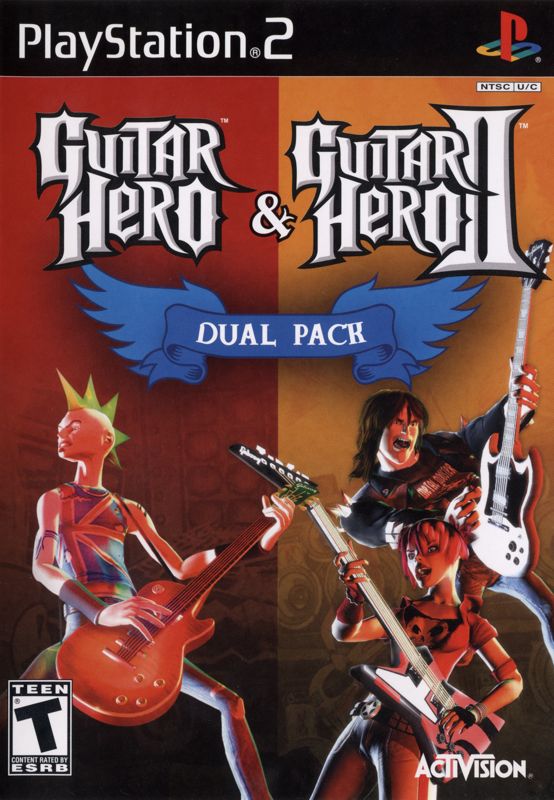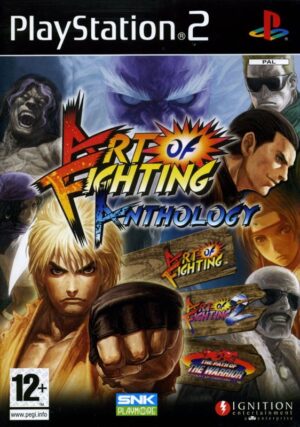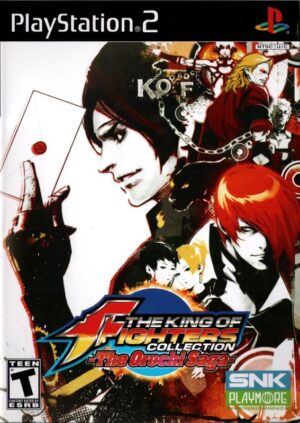Retro Replay Review
Gameplay
The Guitar Hero & Guitar Hero II Dual Pack delivers two of the most defining rhythm-action experiences in gaming history. Both titles revolve around a simple yet addictive mechanic: match colored notes scrolling down the fretboard in time with the music using a guitar-shaped controller. While the Dual Pack does not include a guitar peripheral, any compatible controller from existing Guitar Hero or Rock Band libraries slots in seamlessly, making this a perfect upgrade for veterans or newcomers who have yet to pick up the series.
(HEY YOU!! We hope you enjoy! We try not to run ads. So basically, this is a very expensive hobby running this site. Please consider joining us for updates, forums, and more. Network w/ us to make some cash or friends while retro gaming, and you can win some free retro games for posting. Okay, carry on 👍)
Guitar Hero introduces the core five-button layout, laying a foundation that is expanded in Guitar Hero II. The first game’s career mode takes you from dingy clubs to arena stages, offering a curated selection of rock and metal classics. Guitar Hero II refines that template by adding hammer-ons, pull-offs and more complex fretboard patterns. The result is a satisfying learning curve: beginners can tackle easier songs from the original, while seasoned players can jump straight into the knockout challenges of GH II’s higher difficulties.
Both titles emphasize replayability. Each song can be tackled at four difficulty levels, and unlocking encore tracks and bonus shows keeps the setlist fresh. Guitar Hero II’s addition of cooperative play is a highlight—one player handles lead riffs while another holds down rhythm parts. This social dimension transforms a living room into a stage, and the friendly rivalry it sparks remains one of the pack’s strongest draws.
Graphics
By today’s standards, the visuals in the Dual Pack are retro but charming. Guitar Hero’s animated venues are colorful and stylized, with exaggerated crowd animations and over-the-top stage effects. Textures are low-resolution by modern benchmarks, yet the bold art direction ensures each venue—from basement bars to festival arenas—feels distinct. Animations for the player avatars and audience interaction still carry a playful energy.
Guitar Hero II builds on its predecessor by adding more dynamic lighting, improved crowd behavior and richer environmental details. Spotlights cut through haze, stage pyrotechnics flash in time with power chords, and the audience’s reactions become increasingly elaborate as you nail streaks. The leap isn’t huge, but it’s noticeable enough to give the second title a more polished presentation.
Load times are minimal, and the user interface is clear. Note highways are easily readable, and the color-coding system for fret buttons remains unambiguous. For a compilation of early-2000s titles, the graphics do their job: they keep the focus on the music and the guitar play rather than flashy cinematics. Nostalgia buffs will appreciate the authentic look and feel of these pioneering rhythm games.
Story
Guitar Hero and Guitar Hero II are not narrative-driven games in the traditional sense, yet they offer a light career framework that simulates the rise of a rock star. You start as a small-time guitarist grinding through seedy bars, and as you conquer each setlist, you climb the ranks to bigger stages and flashier venues. Although there are no branching storylines or deep character arcs, the sense of progression and achievement drives you forward.
In both games, rival bands occasionally challenge your supremacy, introducing mini “boss battles” that pit you against expert AI guitarists. These confrontations break up the standard gig routine and add bursts of dramatic tension. Still, the focus remains squarely on the music—every successful riff and flawless performance feels like a personal victory, even without a fleshed-out narrative.
The Dual Pack’s charm lies in its pure rock ‘journey’ ethos. There are no cutscenes of conversations or complicated plot twists—just you, your virtual guitar, and the crowd’s roar. For players seeking story-heavy experiences, these games may feel sparse. However, if you thrive on musical progression and the thrill of beating tough songs, the simplistic “rags to rock royalty” storyline provides just enough context to keep your headbanging.
Overall Experience
As a bundle, the Guitar Hero & Guitar Hero II Dual Pack offers outstanding value for rhythm-game enthusiasts. You get over 60 songs spanning classic rock anthems, alternative hits and metal mainstays. Each track is meticulously mapped to fretboard challenges that feel authentic and engaging. Whether you’re dusting off your existing guitar controller or investing in a new one, this compilation instantly expands your library with two genre-defining titles.
The biggest caveat is the lack of an included guitar peripheral. Newcomers must ensure they own a compatible controller or budget for one separately. However, for households with existing Guitar Hero or Rock Band accessories, the Dual Pack delivers instant multiplayer party potential. Couch co-op and competitive modes ensure that every track becomes a shared experience, and unlocking bonus content across both games adds further incentive to keep playing.
In the context of modern rhythm games, the Dual Pack’s graphics and presentation feel dated, but its core gameplay remains as addictive as ever. Guitar Hero laid the groundwork and Guitar Hero II perfected it; together, they capture the high of nailing solos and the camaraderie of jamming with friends. For anyone looking to relive the early days of music gaming or complete their Guitar Hero collection, this dual compilation is a compelling purchase.
 Retro Replay Retro Replay gaming reviews, news, emulation, geek stuff and more!
Retro Replay Retro Replay gaming reviews, news, emulation, geek stuff and more!




Reviews
There are no reviews yet.